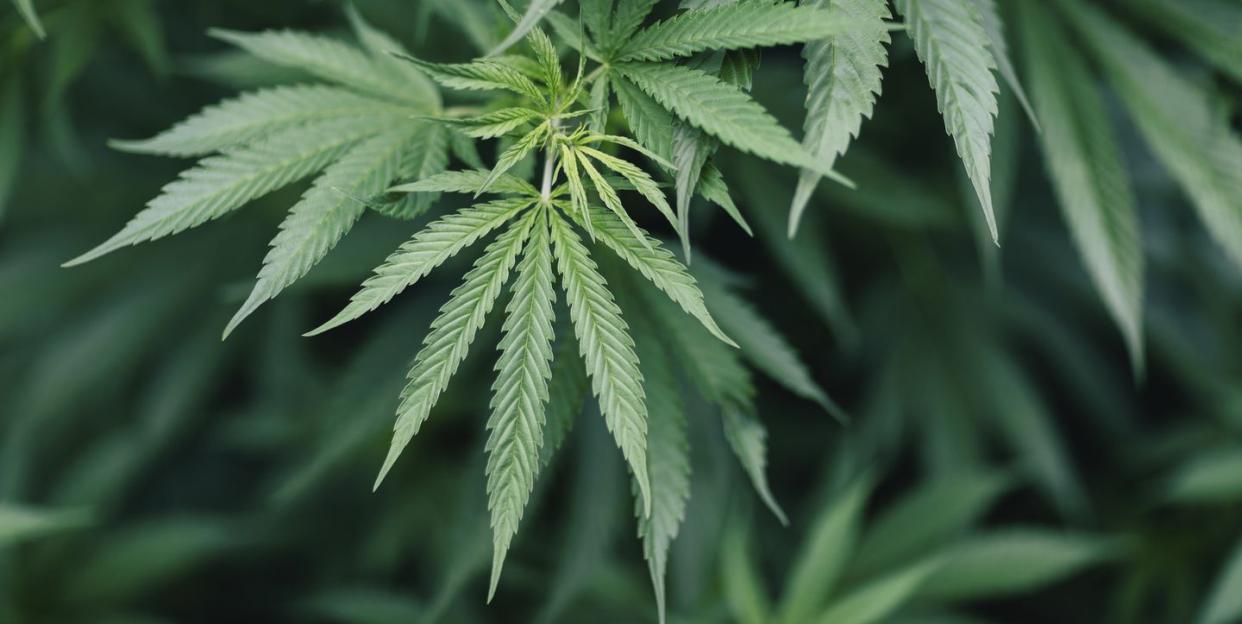People May Have Used Weed 2,500 Years Ago to 'Communicate With the Dead'

A new study of archaeological artefacts found in Central Asia has revealed that the first uses of cannabis by humans were in all likelihood not recreational, but religious. Following examination of the chemical residue in wooden braziers found in a series of tombs on the Pamir Plateau, scientists are now speculating that communities in that region were using cannabis as long ago as 500 BCE.
"The chemical analysis reveals ancient cannabis burning and suggests high levels of psychoactive chemicals, indicating that people may have been cultivating cannabis and possibly actively selecting for stronger specimens," reads the resulting study.
The presence of these chemical traces in a tomb suggests that the cannabis was used in a burial ritual. And while previous research indicates that ancient Scythians were reported to use cannabis in cleansing rites after burial (the ancient equivalent of burning sage), this new discovery indicates a different usage: "The smoking revealed both in the Pamirs in the present study and in the Altai Mountains was obviously performed during the burial and may represent a different kind of ritual, perhaps, for example, aimed at communicating with the divine or the deceased."
In addition to the tombs in the Pamir region, the study cites examples of ritualistic cannabis use in prehistoric western China, including a "cannabis burial shroud" and "a leather basket and a wooden bowl filled with cannabis seeds, leaves, and shoots found near the head and feet of the deceased, who may have been a high-ranking male shaman."
The cannabis found in these regions contained unusually high levels of THC (tetrahydrocannabinol), the psychoactive compound which gives weed its trippy properties. "The dispersal of cannabis across the mountain barriers may have played a role in driving the higher THC levels of these specific varieties," the study reports, which goes some way towards explaining why ancient communities may have believed that ingesting the plant gave them the ability to contact the great beyond. Talk about high spirits.
('You Might Also Like',)

